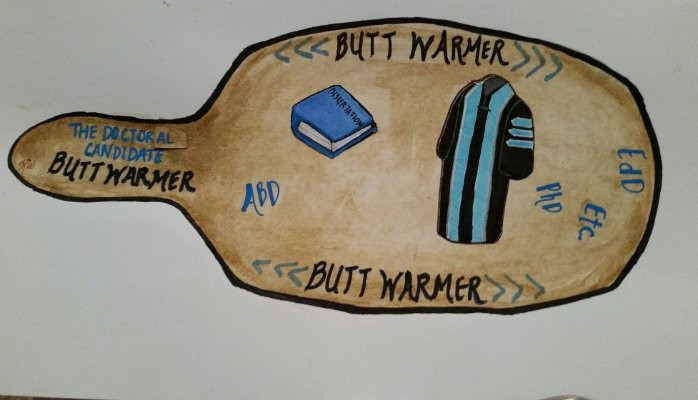How to Convert a Dissertation to a Peer-Reviewed Article Even When Dissertation Results Are Unfavorable
Sometimes our dissertation results are not what we expect. The results might even be non-significant. However, it is our duty to report the results accurately and honestly even if they are not what we expect as researchers. “When life hands you lemons, make lemonade.” You may have heard this quote at some point in your life and even if you haven’t, the point is that we must make the best out of a seemingly bad situation by viewing it from a different perspective. This is a good framework from which to view your unfavorable dissertation results. No one conducts research in order to obtain non-significant results, and if you obtain them, all is not lost. Don’t give up hope. I encourage you to take the next step and convert your dissertation to an article for the peer-review process. However, it may be necessary to reframe your study. Reframing your dissertation study for a peer-reviewed article may be necessary whether or not you have results that are favorable. How do I reframe a dissertation study? This is a great question and I’m glad you asked. There are at least three ways that I can think of in order to re-conceptualize a dissertation study; establishing validity, subpopulation analyses, and literature reviews. Some quantitative studies fall into the classification of having correlational research designs. That is they require correlational analyses or multiple regression, which is an advanced correlational technique. In some instances, the researcher wants to see if subscales on the same instrument are related to each other. I know this may not have been the way it was presented in the dissertation, but many correlational studies I’ve seen actually do this. Incidentally, if the constructs are on the same survey instrument, we expect them be to be correlated. However, this can be reframed as establishing the validity of the instrument when submitting an article for publication. This can be an excellent approach even if the instrument you used has already been validated especially if you used it on a different population than the population on which it was normed. You might even consider using structural equation modeling for the revised analysis rather than traditional correlation or regression. If your sample is sufficiently large, another way to reconceptualize your study for the peer review process it to conduct subpopulation analyses. For my dissertation, as an example, I analyzed data on individuals with a variety of disability labels. My sample size was about 4,500 participants. For my article, however, I focused on only one disability group; persons with alcohol and/or drug dependence (n = 802). This was actually a recommendation by a peer reviewer. The advantage was that it increased the internal validity of the study. If you increase the internal validity of the study, you may find significant results that you were otherwise not able to observe. It’s important to note that in both of the previous examples, it will likely be necessary to do another literature review in order to support the approach taken with the quantitative analyses. This brings me to my third recommendation. If the findings from your dissertation study are not all that impressive, and if your sample size is too small for subpopulation analyses, you might consider submitting your review of literature for the peer-review process. Some journal articles only consist of literature reviews. As a researcher, it was important to me to get published beyond the dissertation. I knew that I would be asking doctoral candidates to send me money for my statistical expertise without ever meeting me face-to-face. Therefore, having peer-reviewed publications was part of my marketing strategy to show potential clients that I’m credible. For the record, as far as I know, no one has ever cited my dissertation. However, I’ve had 28 citations to date of my peer-reviewed articles. My Published Peer-Reviewed Articles: Whitfield, H.W., Venable, R. H., & Broussard, S (2010, Jan). Are client-counselor racial/ethnic matches associated with successful rehabilitation outcomes? Rehabilitation Counseling Bulletin 53(2), 96-105. Whitfield, H.W. (2009, Oct). Occupations at case closure for vocational rehabilitation applicants with criminal backgrounds. Rehabilitation Counseling Bulletin, 53(1), 56-58. Whitfield, H. W. & Lloyd, R. (2008, April). American Indians/Native Alaskans with traumatic brain injury: Examining the impairments of traumatic brain injury, disparities in service provision, and employment outcomes. Rehabilitation Counseling Bulletin, 51(3) 190-192.






